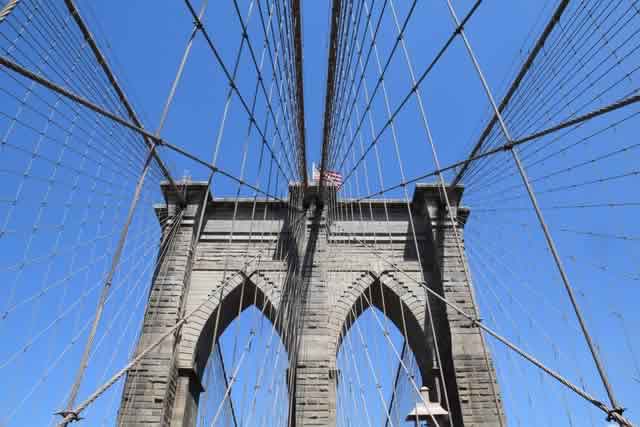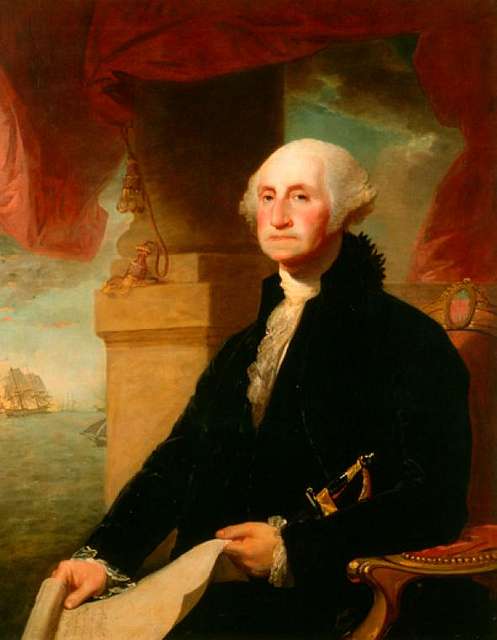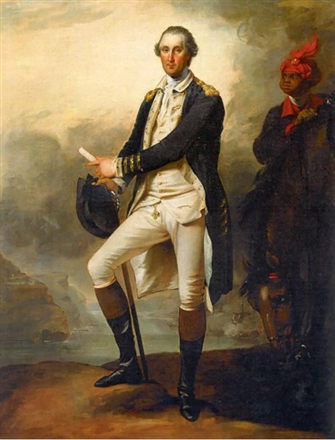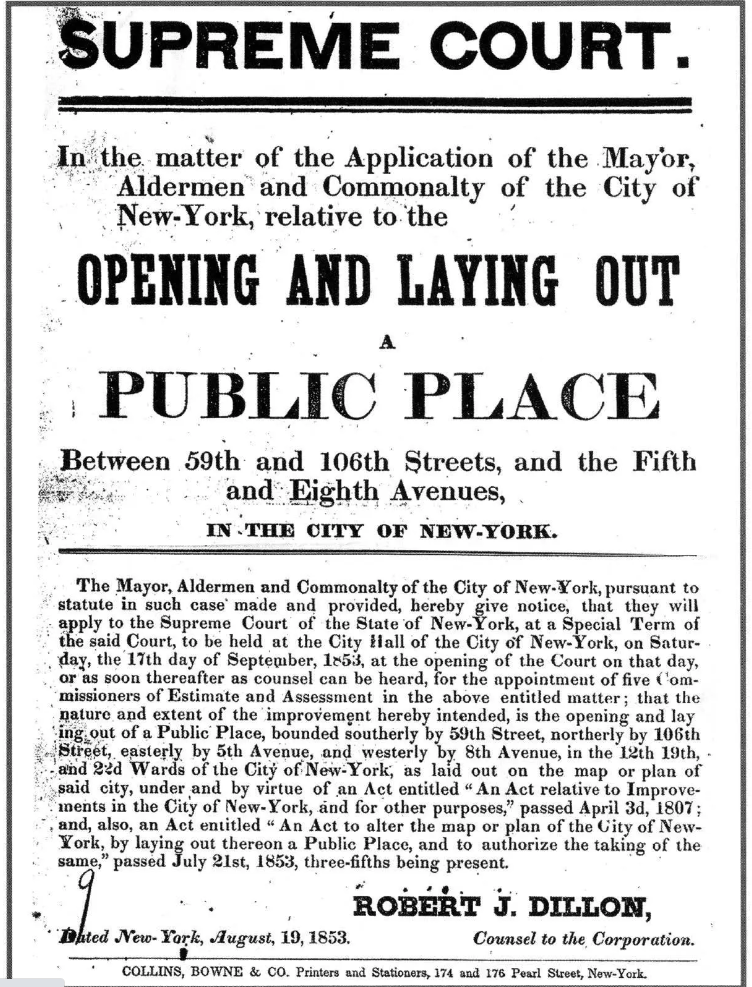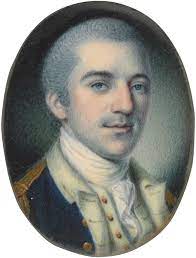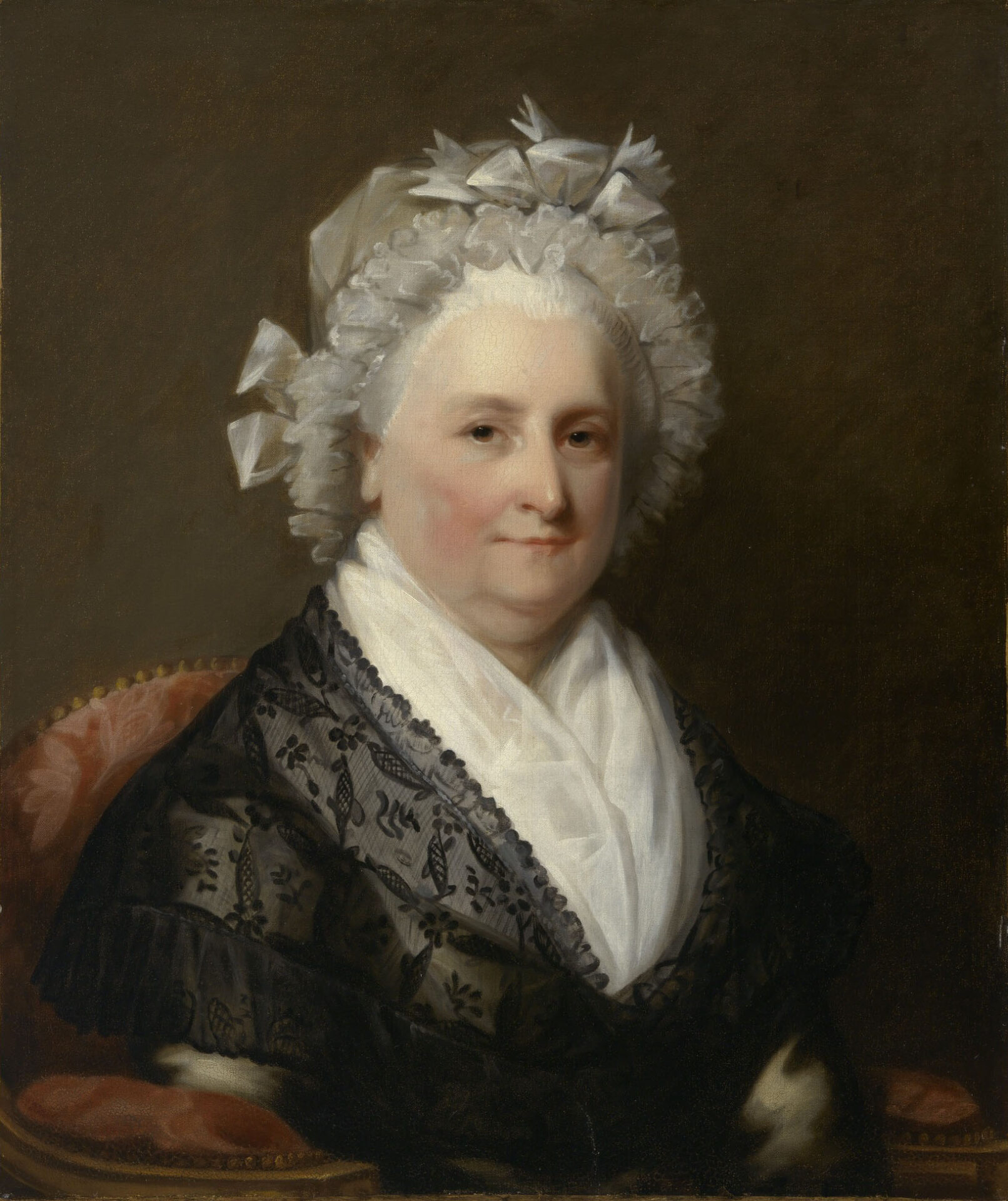The surviving letters between Alexander Hamilton and his sister‑in‑law, Angelica Schuyler Church, offer a tantalizing glimpse into a relationship that—though publicly familial—was steeped in warmth, wit, and an emotional intimacy that has fascinated historians and the public alike. . . and informed the song “Satisfied” in the Hamilton musical. While some of their exchanges were clever and even flirtatious, the release of the “Reynolds Pamphlet” in 1797 seems to have altered the dynamic irrevocably.
From one of their more famous exchanges, written 6 December 1787, Hamilton wrote to Angelica:
“You ladies despise the pedantry of punctuation. There was a most critical comma in your last letter. It is my interest that it should have been designed; but I presume it was accidental. Unriddle this if you can. The proof that you do it rightly may be given by the omission or repetition of the same mistake in your next.” (1)
That playful reference to punctuation—a “most critical comma”—caught the public imagination thanks to modern dramatic retellings of their story. But the real letters show a more ambiguous tone. Hamilton closes that letter, after complimenting her and her husband, with a warm: “Adieu ma chere, soeur” — “my dear sister.” (2)
Angelica’s side of the correspondence shows similar intimacy. In a letter from 2 October 1787, writing from London, she confessed to some melancholy and longing for home:
“Indeed my dear, Sir if my path was strewed with as many roses, as you have filled your letter with compliments, I should not now lament my absence from America … but even Hope is weary…” (3)
The comma after “my dear,” rather than “my dear Sir,” is what appears to have triggered Hamilton’s response.
And, expressing how much she missed his company, she told him in a letter dated 4 February 1790:
“I regret America, I regret the separation from my friends and I lament the loss of your society… I cannot now relish the gay world.” (4)
Such phrasing — “loss of your society,” “lament”—suggests an intimacy beyond casual family courtesy. Hamilton wrote to her in 1787, “I seldom write to a lady without fancying the relation of lover and mistress.” In his letters, Hamilton referred to the “relation of lover and mistress” in a playful way, showing the suggestive undertones of their exchanges.
Given the constraints and social norms of their time, that admission stands out. But whether their affection went beyond the verbally remains a matter of speculation.
That ambiguity became sharpened after the scandal. The Reynolds Pamphlet, published by Hamilton in 1797, publicly disclosed his affair with Maria Reynolds and financial dealings with her husband — a decision that forever destabilized his private and public life.
Although none of Angelica’s known surviving letters explicitly address the affair or the pamphlet, the tone of their later correspondence noticeably cools. After 1789–1790, her letters tend to refer to him as “dear friend” or “dear Brother,” rarely revisit the playful punctuation banter, and emphasize familial duty.
In historical retrospect, this shifting tone suggests that the scandal may have introduced restraint and distance. Previously, the tone of their correspondence had been undeniably flirtatious, but it remains unclear whether that teasing warmth hinted at genuine romantic feeling or simply reflected their shared wit and charm.
1. Alexander Hamilton to Angelica Church, December 6, 1787, Founders Online, National Archives, https://founders.archives.gov/documents/Hamilton/01-04-02-0172.
2. Ibid.
3. Angelica Church to Alexander Hamilton, October 2, 1787, Founders Online, National Archives, https://founders.archives.gov/documents/Hamilton/01-04-02-0144.
4. Angelica Church to Alexander Hamilton, February 4, 1790, Founders Online, National Archives, https://founders.archives.gov/documents/Hamilton/01-06-02-0127.



